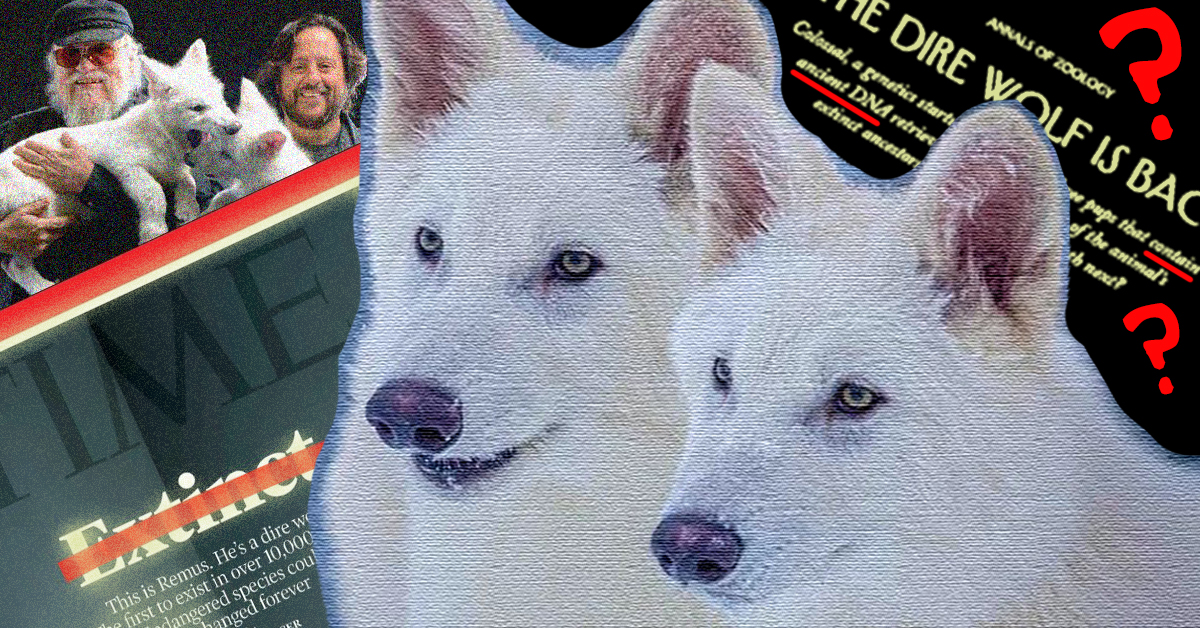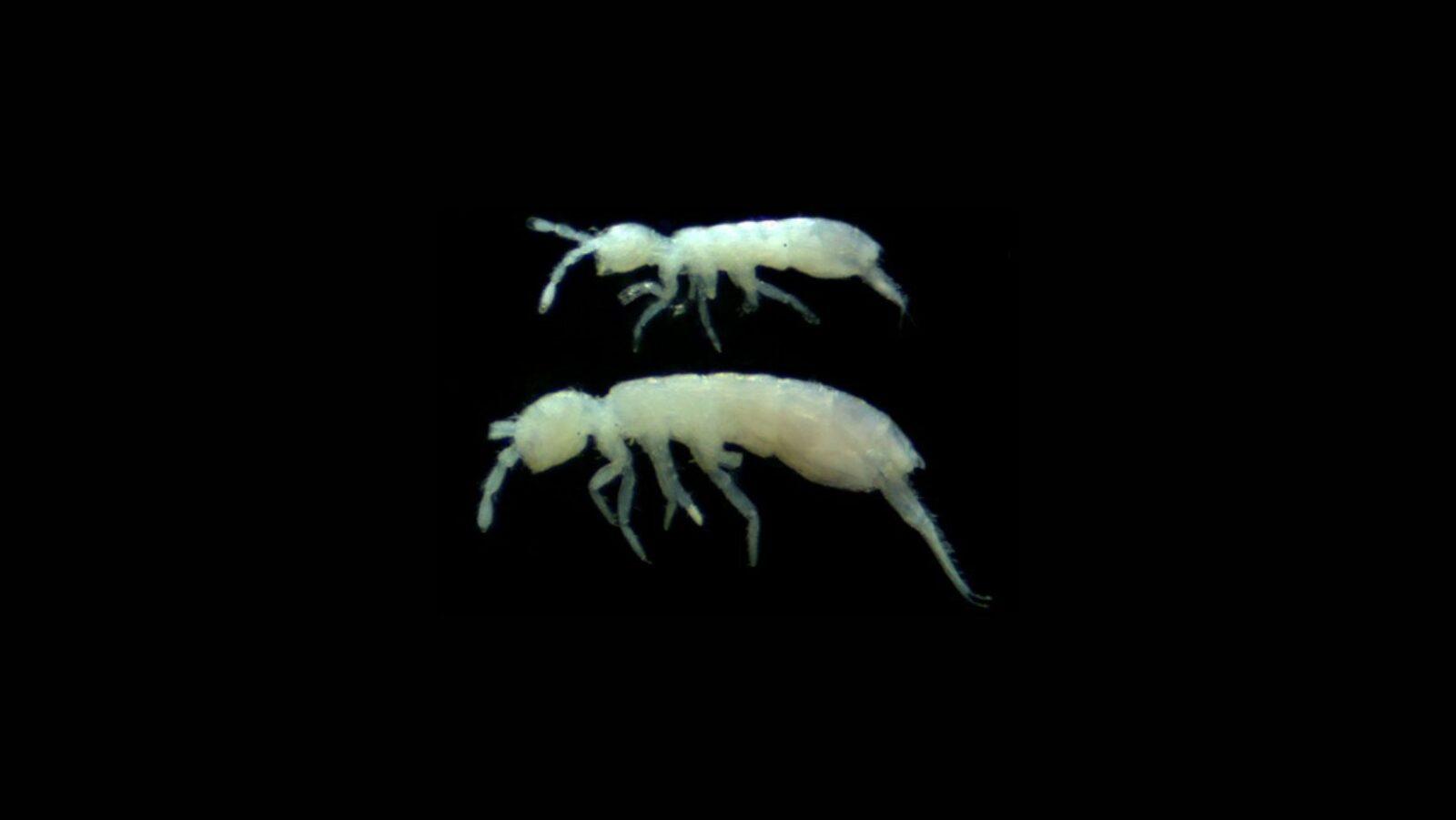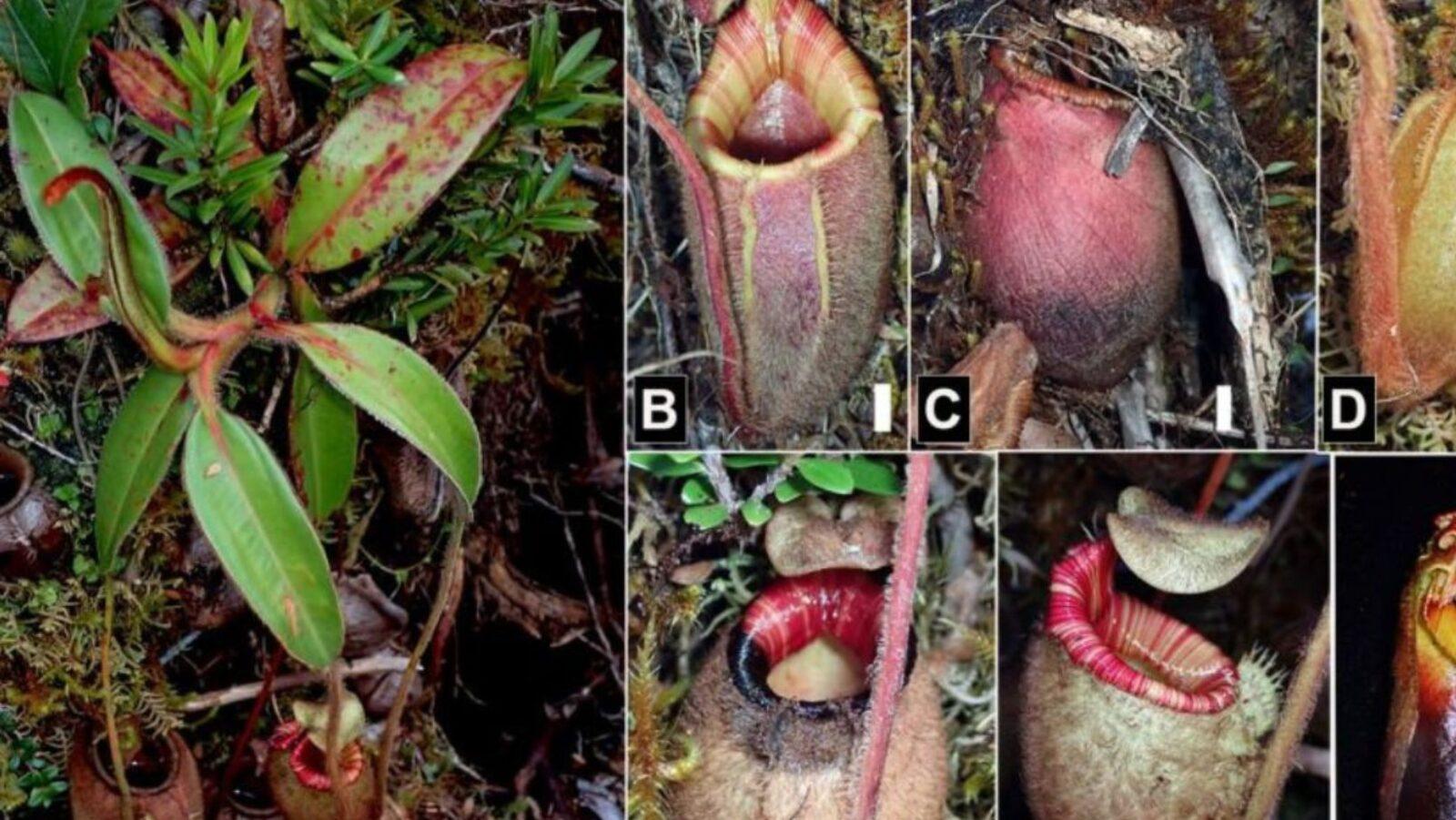•The plesiosaur-like Loch Ness monster has fascinated the world ever since an alleged photo of it surfaced in 1934.
•A group of scientists are in the middle of conducting a thorough analysis of the freshwater lake to verify the existence of “Nessie.”
•The Philippines has had its fair share of “sea monster” sightings over the years.
(Updated on April 21, 2020) People are always fascinated by out-of-this-world creatures. Aliens of all sorts are perhaps some of the best examples, right up there with cryptids (mysterious, undocumented animals that may or may not exist). In fact, one strange creature in Scotland has been piquing the interest of many for the past 1,500 years: The Loch Ness monster (or simply “Nessie”), a long-necked aquatic animal allegedly seen in the freshwater lake called Loch Ness.
Nessie’s history
This cryptid’s story goes back to the 6th century. According to certain accounts, Saint Columba, the Christian missionary who spread Christianity in Scotland, asked for God’s intervention to command an unidentified water beast to stop killing people and return to the lake.
However, Nessie’s heyday came in 1934. A now-iconic photograph taken by London physician Robert Kenneth Wilson (often called the “surgeon’s photograph”) depicts an animal in the middle of the lake with a long, dark neck. Some speculated that Nessie is related to the plesiosaurs, a group of undersea reptiles that went extinct 65 million years ago.
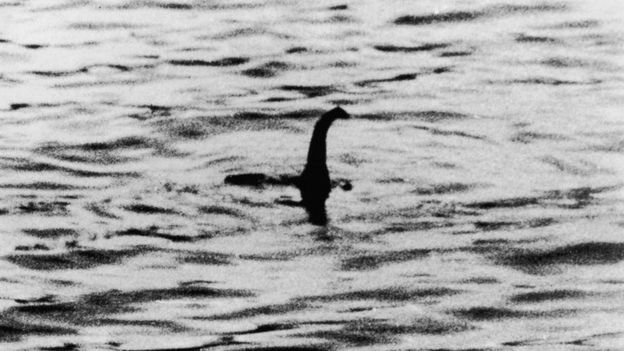
Circulated by the media, the news quickly reached the public and the academe. Nessie’s existence was hotly debated, with both sides throwing affirmations and refutations via eyewitnesses and theories to support their claims. In the midst of uncertainty, it was proposed in 1975 to name the unknown creature Nessiteras rhombopteryx for the purpose of its conservation.
The shocking truth?
However, the photo was revealed to be fake by stepbrothers Christian Spurling and Ian Wetherell in 1994. The two said that their father, Marmaduke Wetherell, had actually attached a snake’s head to a toy submarine. He then cooperated with Wilson, who took the now-famous (or infamous) photo.
In 2003, BBC conducted its own investigation, using 600 sonar beams and satellite technology to search for even just a trace of the beast. Despite all of this, no Nessie was found.
These findings, coupled with decades of fruitless searching, strongly suggest that the Loch Ness monster is just a hoax.
A team of researchers embarked on yet another Nessie-finding mission in 2018. Led by Prof. Neil Gemmill from New Zealand, the team of various experts gathered 259 water samples from the lake, which they analyzed and compared to international DNA databases. The study focused on identifying new organisms living in the lake, and to hopefully settle the mystery once and for all. What they found was interesting: ” “Not a single reptile in our vertebrate data, and nothing that sat in the expected place that a plesiosaur [DNA] sequence might be predicted to lie – somewhere between birds and crocodilians,” said Gemmill.
As for what kind of animal Nessie is, the evidence Gemmill and his team gathered point to the Loch Ness monster being some sort of giant eel. This is based on the fact that the researchers found eel DNA at “pretty much every location sampled.”
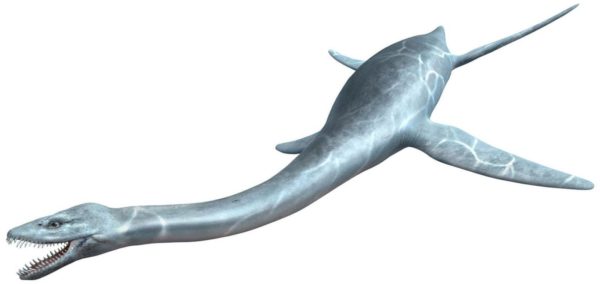
Similar monsters in the Philippines?
There aren’t any reports of Nessie-like creatures swimming in our waters. However, we do have some pretty weird sea animals showing up every now and then, too.
In 2017, locals from Agusan del Norte saw six dead giant oarfish on their shores. The sightings happened before a 6.7 earthquake hit the area. The people, believing that the “sea serpents” were a sign of coming earthquakes, feared for their safety. However, the Philippine Institute of Volcanology and Seismology (PHIVOLCS) debunked this belief.
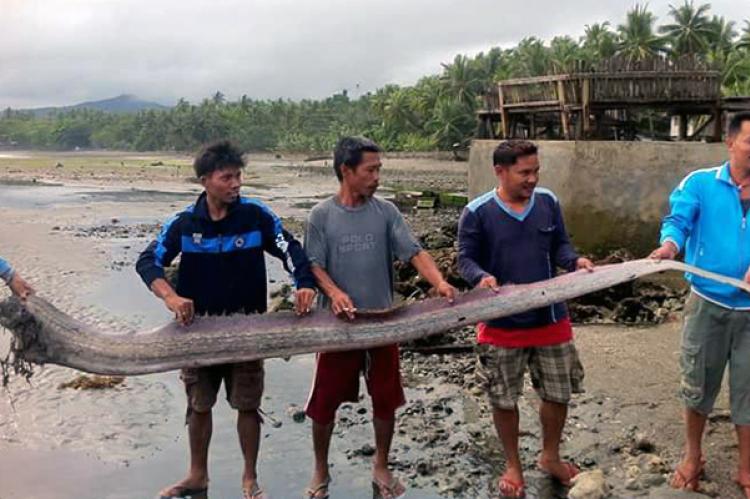
In the same year, residents of Dinagat Islands noticed a large, hairy blob washed ashore. Similar to how things initially played out in Agusan del Norte, the locals also feared that the carcass (referred to as a “globster”) was a sign of a coming disaster. Experts later put these concerns to rest, saying that the strange blob was likely the decomposing corpse of a sea cow or dugong.
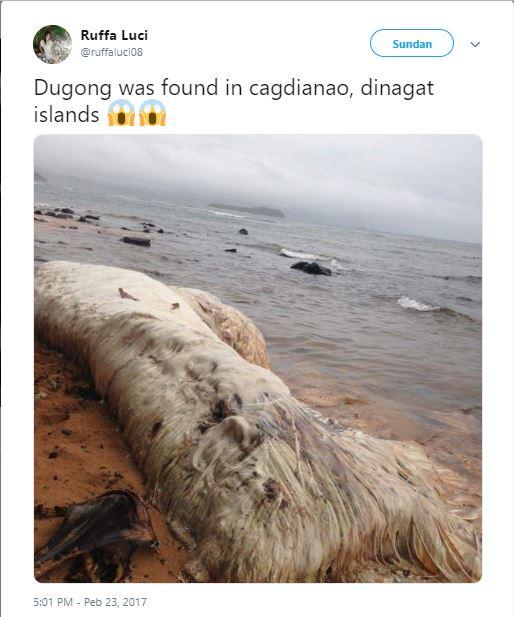
While these sightings can be quite confusing and even terrifying sometimes, one lesson is clear: We should be wary of superstitions founded on unverified beliefs and pseudoscience. A healthy dose of skepticism and science can go a long way. –MF
Cover photo: Getty Images
References
- http://news.bbc.co.uk/2/hi/science/nature/3096839.stm
- https://css.history.com/topics/loch-ness-monster
- https://news.abs-cbn.com/trending/02/22/17/sea-monster-animal-remains-in-dinagat-islands-worry-locals
- https://news.nationalgeographic.com/2017/02/blob-globster-whale-philippines/
- https://www.bbc.com/news/uk-scotland-highlands-islands-44519189
- https://www.nature.com/articles/258466a0.pdf
- https://www.otago.ac.nz/news/news/otago690003.html
- https://www.sunstar.com.ph/article/127147
- https://www.theguardian.com/uk-news/2018/may/23/scientists-dna-hunt-loch-ness-monster-scotland
- https://theconversation.com/have-scientists-finally-killed-off-the-loch-ness-monster-123075
Author: Cesar Ilao III
Cesar III is currently a BS Development Communication student from the University of the Philippines Los Baños. As a science communicator, he is passionate about sharing science to all Filipinos.



